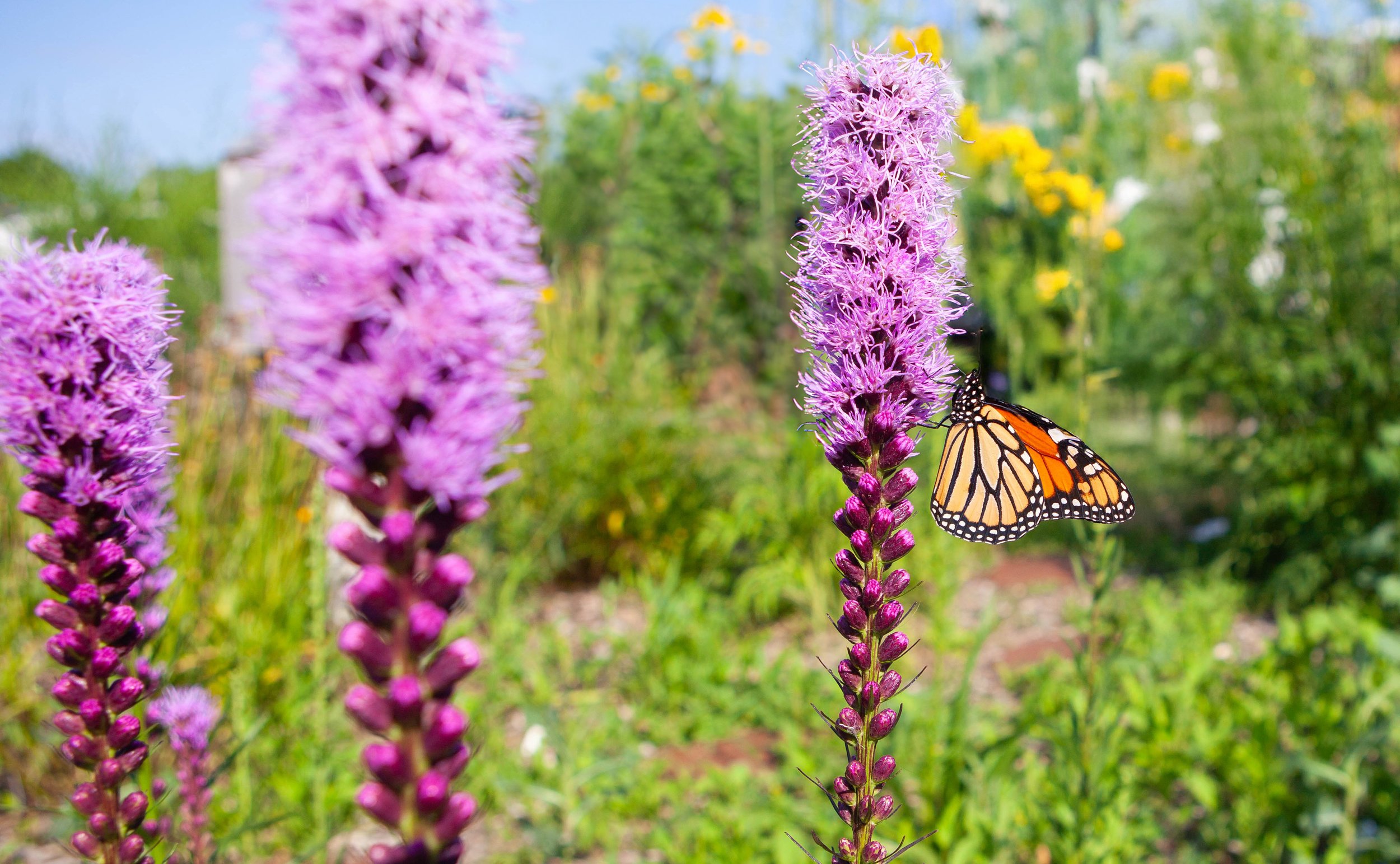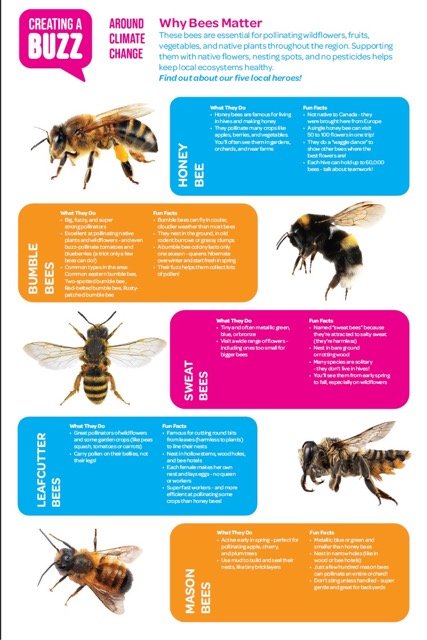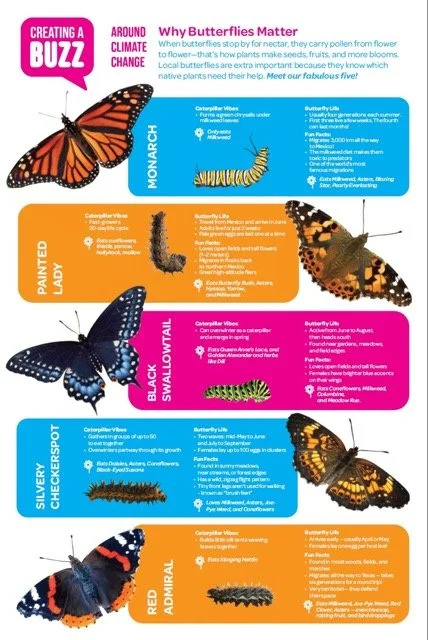
Climate Change & Pollinators
Pollinators like bees, butterflies, hummingbirds, and beetles are tiny but mighty. They help plants grow fruits, vegetables, nuts, and seeds by moving pollen from flower to flower. Without them, we’d lose a lot of the food we eat and the wild plants that make our planet green and beautiful.
But here’s the problem: climate change is messing with their world. Big time.
Rising Temperatures
Pollinators are sensitive to heat. When the climate gets too hot, it can change when flowers bloom—and if flowers bloom too early or too late, pollinators miss their food. No nectar = no energy.
Extreme Weather
Storms, droughts, and wildfires are happening more often. These disasters can destroy pollinator homes and wipe out native plants they rely on.
Habitat Loss
As climate zones shift, some pollinators are forced to move to cooler places. But not all can travel far or find new homes. City sprawl and farmland expansion also make it harder for them to survive.
Shifting Seasons
Warmer winters and longer summers can confuse both plants and pollinators. They might not be in sync anymore—like showing up to a party after everyone’s left.
So why should we care?
Because pollinators help grow the food we eat—like apples, blueberries, chocolate, and almonds. They also support ecosystems that keep our air clean and our planet healthy.
What Can You Do?
Plant native flowers in your yard or balcony
Avoid pesticides—they’re toxic to pollinators
Support climate action and speak up for nature
Spread the word—you’re never too young to make change!
Pollinators need us—and right now, we need them too. Let’s keep the buzz alive.
Supported by the BVO & Funded by the Towns Youth Climate Action Fund (YCAF) . The program is designed to empower young people to take meaningful action on climate change in their communities.
The Town of The Blue Mountains is proud to be one of 100 communities worldwide to receive funding and technical assistance to support youth-driven climate action.
To enter our draw to win a Blue Mountains Resort Day pass
If you managed to visit one of our summer pop ups and received one of our free native plants, upload a photo of your plant after planting it in your garden.
If you missed out, but have recently planted a native pollinator, don’t worry! You can also enter and upload a picture !
Deadline for entries 12.09.25









